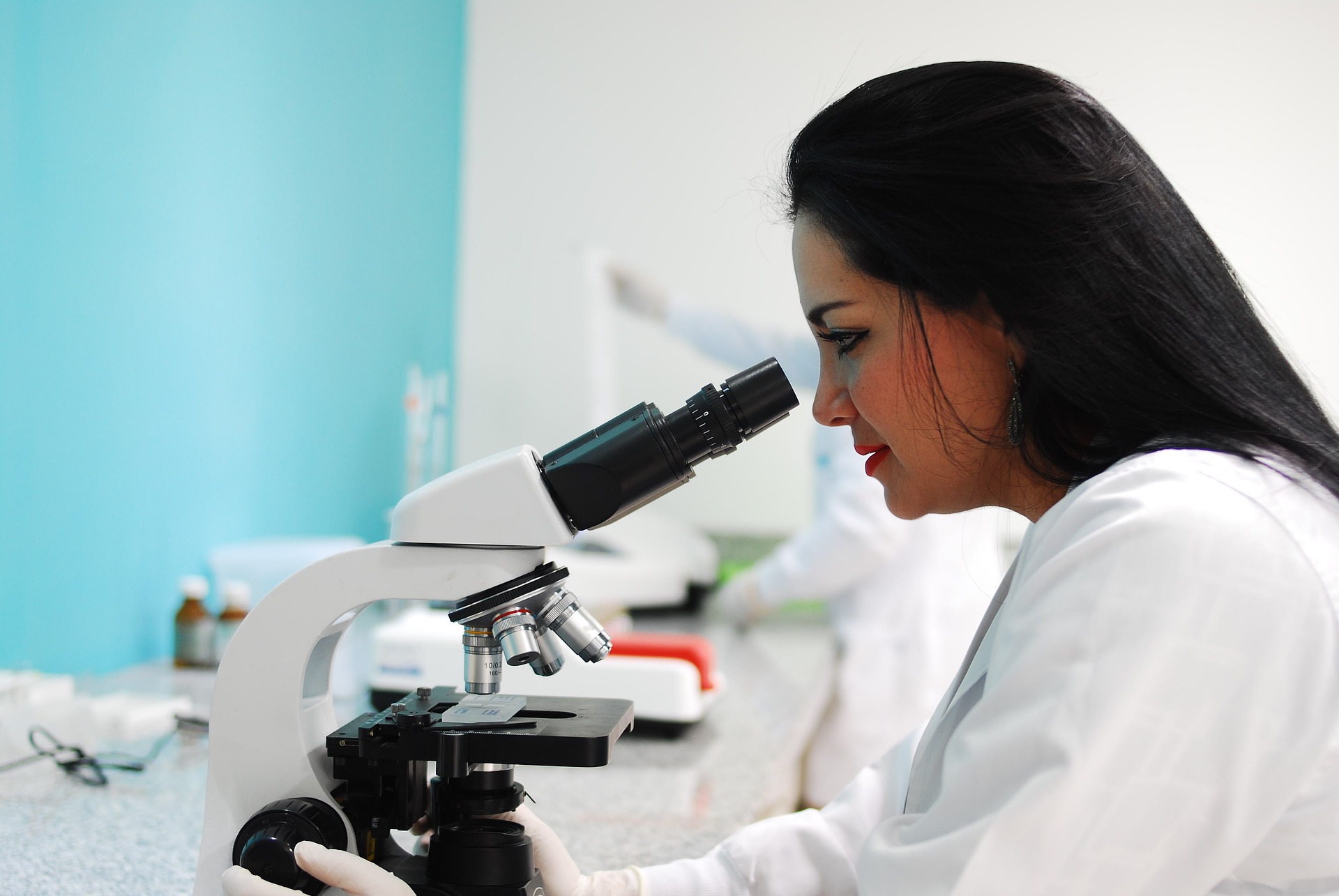The process of diagnosing breast cancer usually begins when a woman or her doctor discovers an abnormality in the breast during a clinical or self-examination or when a mass or tiny spots of calcium appear on a screening mammogram.
After this, the doctor will use a number of tests and procedures to determine whether the mass is cancerous and, if it is, to figure out if the cancer has spread.
Not every test is right for every person. Your doctor may consider factors such as your age, medical condition, signs and symptoms, and previous test results when deciding whether a specific diagnostic test is right for you.
Image Testing
Magnetic Resonance Imaging (MRI)
An MRI uses magnetic fields, not x-rays, to produce detailed images of the body. An MRI can also be used to measure a tumor’s size. A special dye called a contrast medium is injected into a patient’s vein or given as a liquid to swallow before the scan to help create a clearer picture of the possible cancer.
A breast MRI may be used after a woman has been diagnosed with cancer to check the other breast for cancer or to find out how much the disease has grown throughout the breast. It may also be used before surgery to find out if chemotherapy is working to shrink the tumor.
Diagnostic Mammography
Mammography is a type of x-ray designed to view the breast. The x-ray films produced by mammography, called mammograms, help doctors find small tumors or irregularities in the breast.
Diagnostic mammography is similar to screening mammography except that more pictures are taken, and it is often used when a woman is experiencing signs, such as nipple discharge or a new lump. Diagnostic mammography may also be used if something suspicious is found on a screening mammogram.
Ultrasound
An ultrasound uses high-frequency sound waves to create an image of the breast tissue. An ultrasound can distinguish between a solid mass, which may be cancer, and a fluid-filled cyst, which is usually not cancer.
Biopsy
A biopsy is the removal of a small amount of tissue for examination under a microscope. Other tests can suggest that cancer is present, but only a biopsy can make a definite diagnosis. There are different types of biopsies, classified by the technique and/or size of the needle used to collect the tissue sample.
Fine Needle Aspiration Biopsy
This type of biopsy uses a thin needle to remove a small sample of cells from a suspicious lump.
Core Needle Biopsy
This procedure uses a thicker needle to remove a larger sample of tissue. It is usually the preferred biopsy technique to find out whether an abnormality discovered during a physical examination or on an imaging test is cancer.
A vacuum-assisted biopsy removes several large cores of tissue. Medication to block the awareness of pain, called local anesthesia, is used to reduce a person’s discomfort during the procedure.






